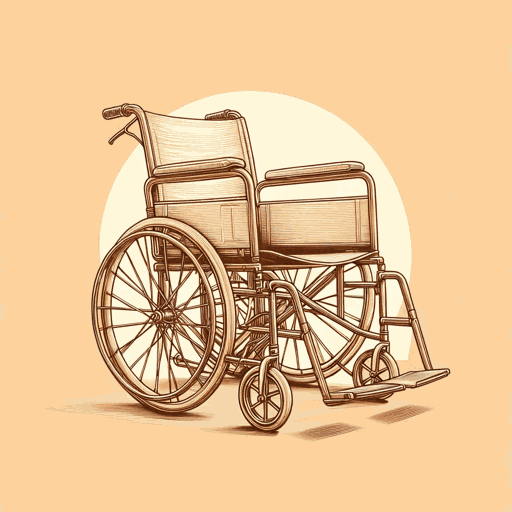40 pages • 1 hour read
Wallace StegnerCrossing to Safety
Fiction | Novel | Adult | Published in 1987A modern alternative to SparkNotes and CliffsNotes, SuperSummary offers high-quality Study Guides with detailed chapter summaries and analysis of major themes, characters, and more.
Symbols & Motifs
Sally’s Crutches
Sally’s crutches, which she must use following her bout with polio, symbolize a negative, destructive sense of time and change, and with it, a certain powerlessness within these large, unavoidable changes. However, the crutches also represent the power to persist and struggle in these adverse conditions and acquire dignity and grace therein. Sally’s crutches embody the intrusion of reality within a story and a life dominated by fictionality and interiority. Sally retains the ability to speak and remember clearly what Larry can or will not. Of all the characters, she is the most grounded, as if her disability provides her a strength of character and a sense of reality that the others lack. Unlike Charity, she cannot delude herself within an illusory feeling of control over her surroundings and others. Unlike Sid, she can’t resent anyone else for not “allowing” her to be one thing or another. Unlike Larry, she will not seclude herself in her work to shut out the parts of life that challenge or frustrate her.
The Picnic
Charity’s birthday picnic is a ritual, whose meaning changes throughout the novel. The picnic itself, although seemingly benign, is an ambiguous symbol of the tension and conflicts in the novel. On one hand, it represents the wish to create meaning within a family and bring everyone into that shared meaning; on the other hand, it represents the desire and duplicitous attempt to impose one’s will, in the form of this benign shared activity.
Related Titles
By Wallace Stegner





